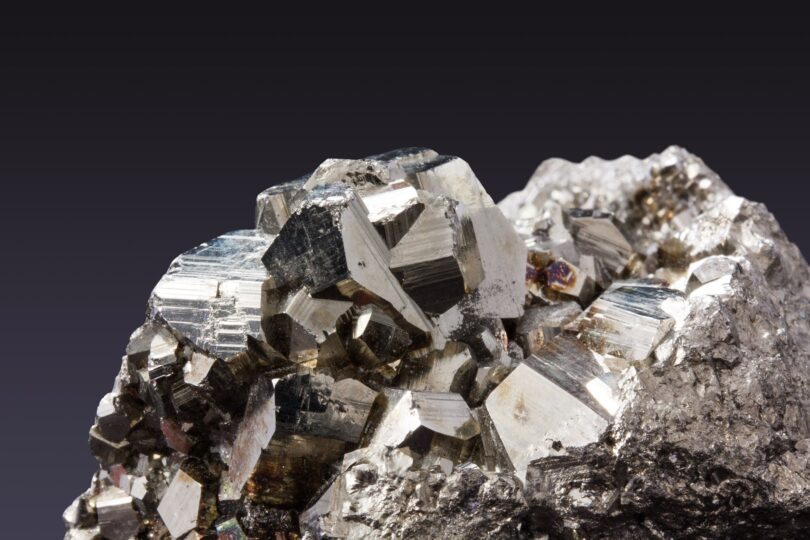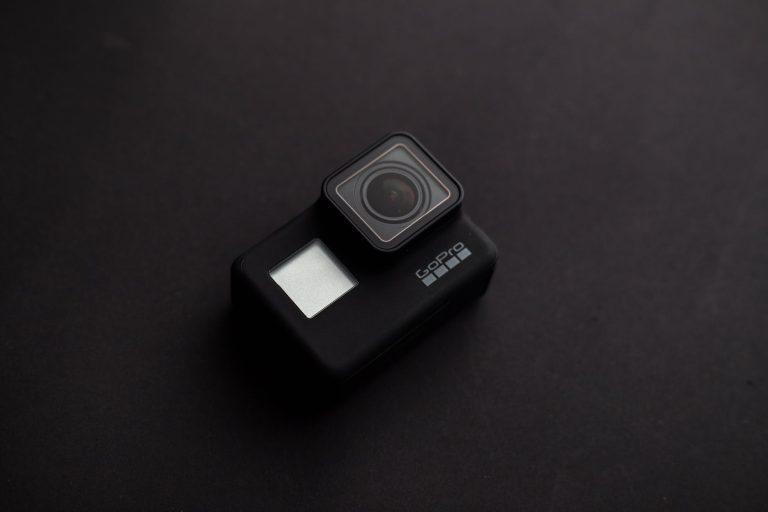Quick introduction for those of you who don’t know what Microvast is and what it does. Microvast is a technology innovator for Li-ion batteries that designs, develops and manufactures battery systems for commercial electric vehicles and energy storage that feature ultra-fast charging capabilities, long life and superior safety. Microvast believes the ultra-fast charging capabilities of its battery systems make charging electric vehicles as convenient as fueling conventional vehicles and believes the long battery life of its battery systems reduces the total cost of ownership of electric vehicles.
Microvast is expected to grow at a compounded annual growth rate of 87%, their estimates are justified by the growing desire for electrification as well as the growing demand for clean energy and the zero-carbon revolution.
The forecasted battery components revenues (see picture below) come from Microvast being vertically integrated. Their battery components are world-class, significantly differentiating and they are going to sell those parts to some key cell manufacturers in the passenger EV market (specifically their aramid separator and their gradient cathode). They currently ship to passenger vehicle applications (SAIC) but are also engaging with passenger OEMs that have made the announcement that they will manufacture their own batteries (with battery components). They also plan to do the same thing with consumer electronics.
Microvast’s projected revenues
While their projections may seem optimistic, they were able to secure partnerships with industry leaders representing over $1.5 Bn in contracted revenue through 2027. $44 millions, $125 millions, $172 millions, $250 millions, and $355 millions for 2023, 2023, 2023, 2024, and 2025 respectively. Those numbers were before they recently announced a partnership with eVersum, a high-tech vehicle OEM, specialized in the design, development, and build of the most purposely engineered electric commercial vehicles for passenger transport. The deal has a potential volume forecasted to be more than 100 million €.
There’s a great interview on cheddar news with Shane Smith, COO of Microvast, where he talks about why Microvast went public and raised more than $800 million: “We raised capital to support orders we already had in place. We’ve won more business than we’ve had capacity for”. It seems like Microvast has a great problem; the demand is bigger than the supply at the moment, which is great news as they may not need to spend a lot on marketing if customers are coming to them directly.
– Microvast has over a decade of expertise in designing and manufacturing battery components (Cells, electrolytes, packs, separators). That differentiates them from most of the other battery makers who source their components from the vendors. It is important to note the cell makers do not have the right to produce the material that they did not invent or have the license for. “Microvast invented and manufactures the key battery materials to ensure unique performance and by also guaranteeing the leading time because the material patents are the strongest patents, legally protected and our success is founded on our deep technology portfolio which is wholly owned and protected by over 550 patents (and patent applications)”, said Dr. Mattis, Chief Technology Officer of the company.
– They have more than 1800 employees including more than 500 employees in the R&D division.
– They have 28000+ Battery systems in operation in 19 different countries.
– More than 3.8Bn Miles of operational distance was covered with no major safety incidents.
– Their Batteries can run at a high temperature for a long time and they won’t explode. They have this proprietary way for their Batteries to be 90% as efficient as brand-new ones after 10,000 charges.
– Among all of Microvast’s products, two stands out that no one else in the world has: the 100% Aramid separator and the full concentration of the grading of the material.
Partnership/Customers
– They have solid partnerships, including FPT (the global powertrain brand of CNH Industrial Group), Oshkosh (leading global innovator of mission-critical vehicles and essential equipment), Porsche, SAIC, and many more. Oshkosh also made a $25MM strategic investment in the PIPE, and signed joint development agreement highlighting future battery collaboration and integration. It is worth mentioning that Oshkosh received the USPS contract to replace its mail delivery trucks (the initial contract is. worth $482 million). Also, it is an open contract, meaning USPS will be able to order more vehicles throughout the 10-year contract (they will order between 50,000 and 165,000 vehicles). This is a lot of potential business for Microvast and could represent a serious catalyst in the future once more information is available. Oshkosh expects to start production in 2023, right when Microvast’s factory in Tennessee will be up and running. Remember, MVST went from $14 to $23 the day Oskosh got the USPS contract, this will definitely be a HUGE catalyst once we know more about it.
– They can count as their customers some of the leading global bus OEMs including Yutong, Higer, Foton, King Long, VDL, and Wright Bus. Their batteries are being deployed across a broad range of commercial vehicles, including automated guided vehicles, port equipment, mining trucks, fork-lift trucks. They also have customer relationships with the likes of Kion, Kalmar, KoneCranes, Linde, PSA Singapore, and Gaussin. All of these names are recognized as leading OEMs in their particular area of focus.
Key advantages over its competitors
Microvast is very unique in itself and it is hard to compare them with other public companies; some are fairly young compared to them and others are well established but operate in the passenger EV battery market and it is unclear when/if they will shift towards the manufacturing of commercial EV batteries.
Their closest competitor is probably *** had to get rid of this competitor (market cap under 1bill) but the short answer is that MVST is 10 times better…
If we do a quick head-to-head comparison, we can see Microvast seems to have a clearer path to achieve its Revenue goals.
*** is headquartered in Los Angeles with a factory of 113K sq.ft compared to Microvast with its biggest factory in China (1.72MM sq.ft.), another one in Germany (170K sq.ft.), and one in the United States in 2023 (577K sq.ft.). In contrast, *** has more than 200 employees and Microvast is expected to hire around 300 employees only for their new factory in Tennessee and they also have more than 500 employees working in the R&D division as mentioned before.
It looks like Microvast is better positioned to profit from global electrification with their factories established in three different parts of the world.
The picture below shows both their year-over-year revenues growth, which could be a bit misleading as they are not in the same business stage and operate in different continents for now. China and Europe lead the United States in electric commercial vehicles on the road, which could explain the difference.
TAM is estimated to be $30Bn + in 2025
· Battery providers are expected to play a pivotal role in the EV value chain: ~ 30-40% of EV value resides in the battery.
· The rotation from gas-powered commercial vehicles to electric-powered commercial vehicles might happen quicker than the rotation from gas passenger cars to electric passenger cars because of government funding. Also, with the lithium shortage, the world will have to mine more lithium but it would not make sense to use powered-gas trucks to mine to then build electric batteries for a greener future, I believe the U.S government as well as the other governments, will make sure we use clean energy to mine lithium or any other natural resources, which would benefit Microvast.
· The demand is bigger than the supply at the moment with battery cell production in the U.S. just below 40 GWh in 2020, while battery demand exceeded 42 GWh. For context, achieving President Biden’s goal of a 100% electric fleet of U.S. government vehicles will require 69 GWh of battery cells. I believe Microvast is well-positioned to become a giant in the industry with their new factories; they planned ahead, which could give them a competitive advantage over their competitors.
· EV Battery market is believed to be at a key inflection point (EV is 1.5% of 2020 sales – 8.5% by. 2025), which equals to an expected CAGR of 55% (based on sales in key markets: U.S, Europe, China, Japan & South Korea).
This article was written by u/Wild-Fisherman-2573.




